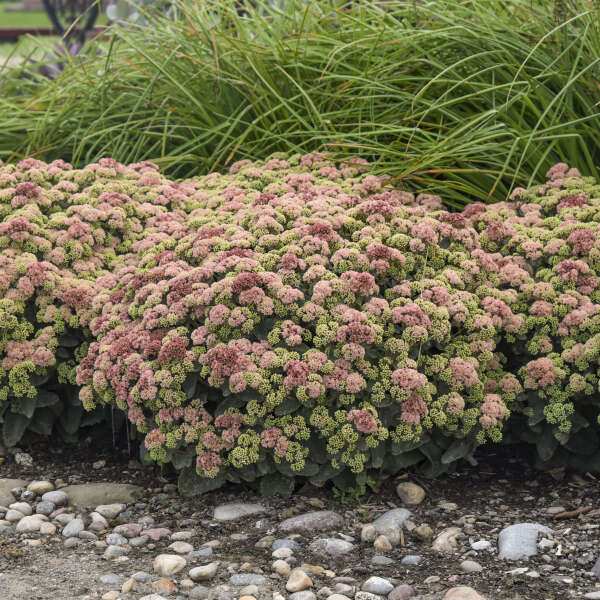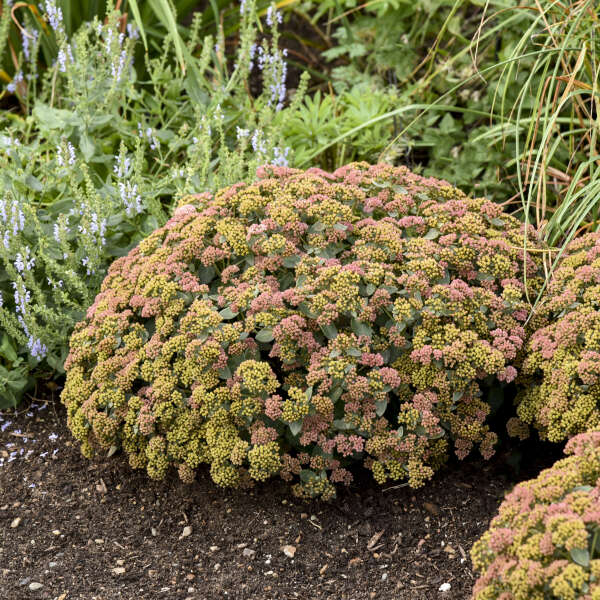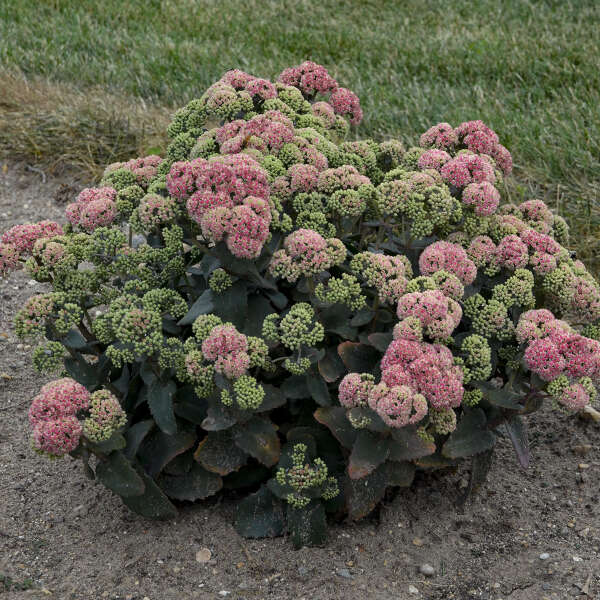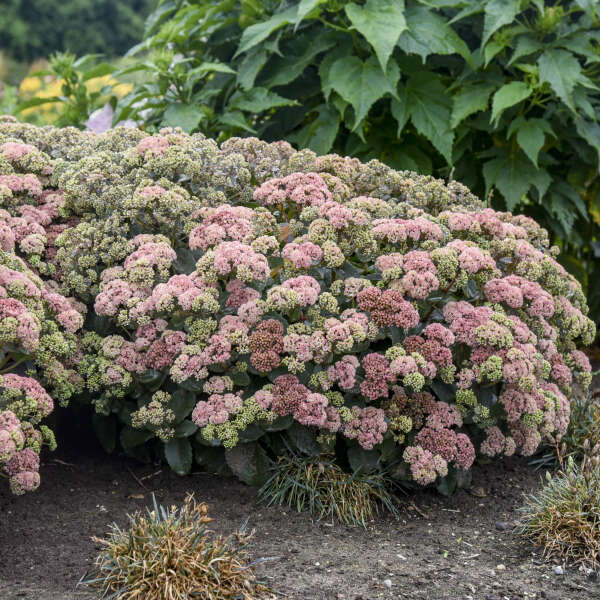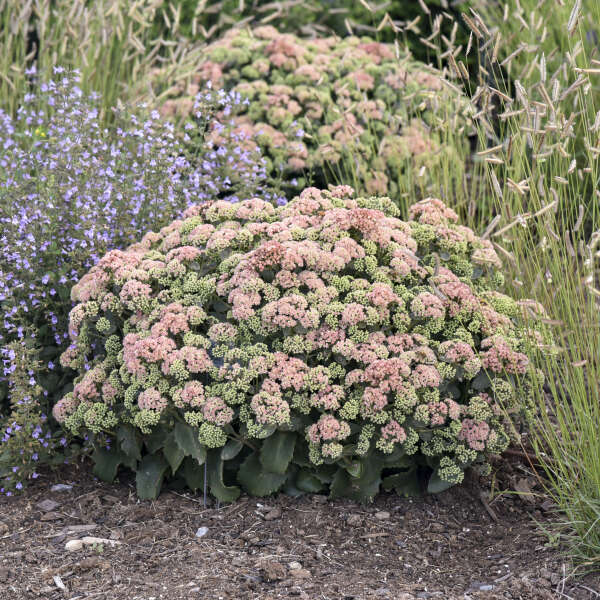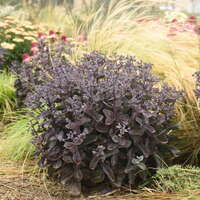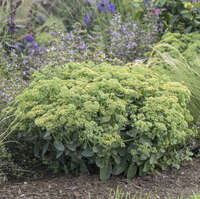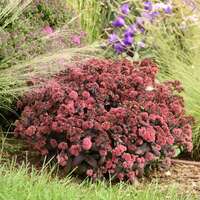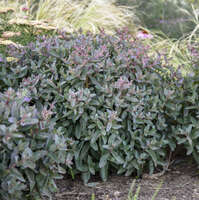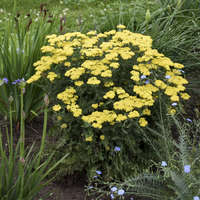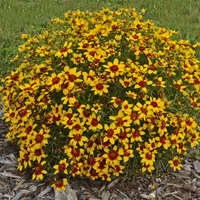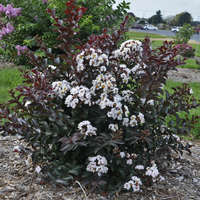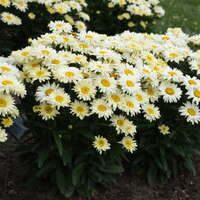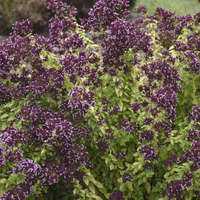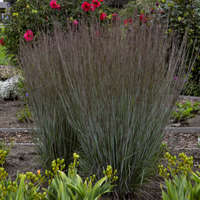Sedum 'Coraljade' CPBRAF PP33958
ROCK 'N GROW® Collection


Common Name: Stonecrop
This new member of the ROCK 'N GROW® collection is a perfect counterpart to 'Lemonjade'. It has the same rich green foliage as the former, but instead of yellow flowers, the citron green buds bloom soft coral pink. A beautiful mix of green and coral when both buds and flowers are present. It holds its beautiful dome of flowers well even when other Stonecrop lodge.
Tall, upright sedums form substantial clumps of foliage which can be substituted for shrubs in the landscape. Their stout, sturdy stems support the massive flower heads which develop in summer and burst into bloom in fall. If left standing, they provide winter interest and food for birds.
